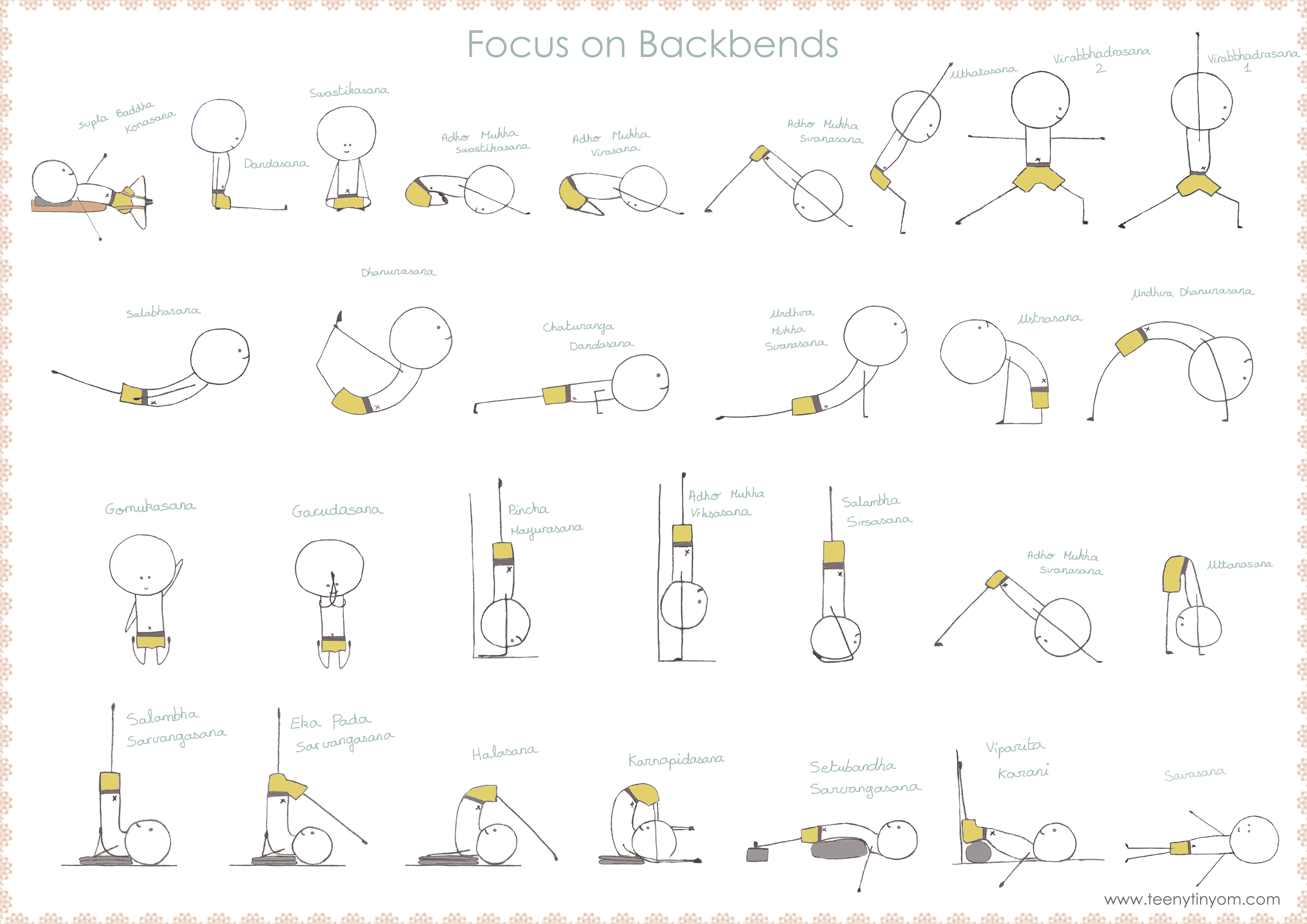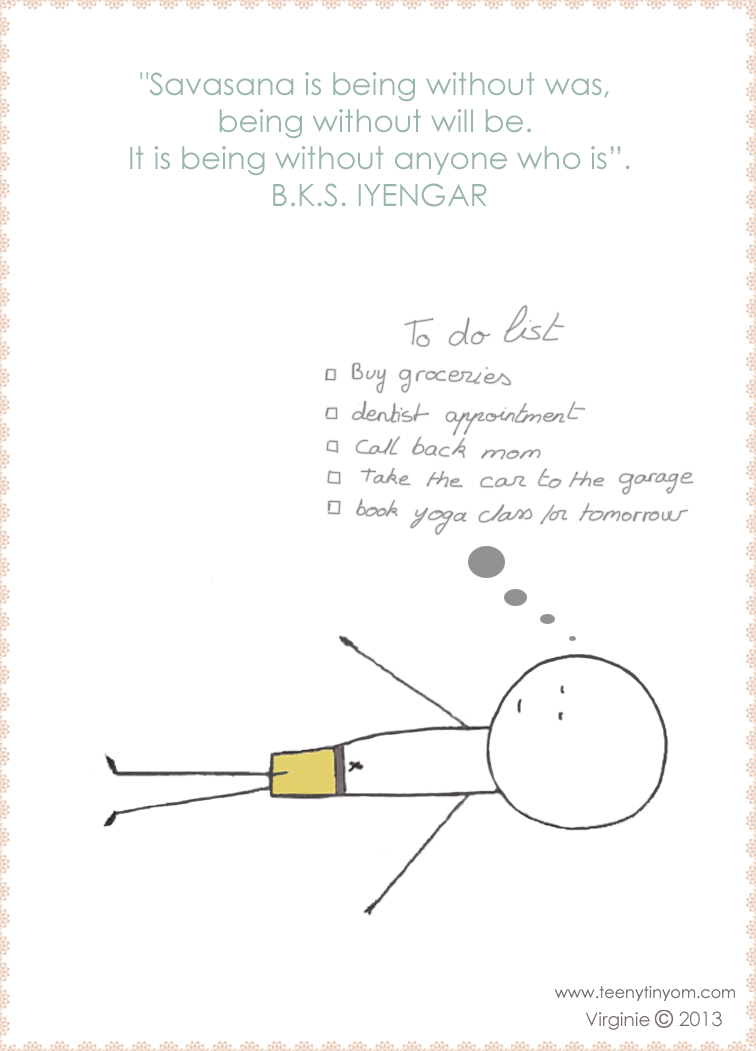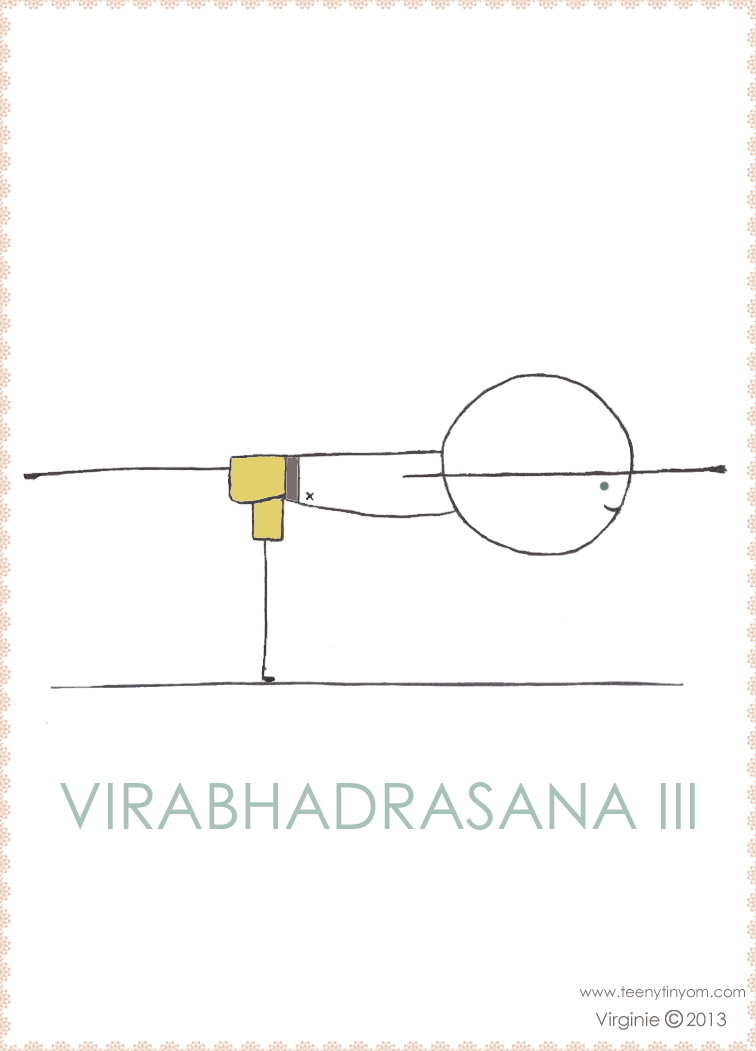
From Tadasana to Savasana
43 Basic Yoga Poses
Standing Asanas: The feet are our foundation
Tadasana – Mountain Pose
Trikonasana – Triangle
Virabhadrasana I – Warrior I
Parsvakonasana – Lateral angle pose
Virabhadrasana II – Warrior II
Utkatasana – Chair pose
Forward Bending Asanas: An experience of flexion
Uttanasana – Standing forward bend
Prasarita Padottanasana – Standing straddle forward bend
Parsvottanasana – Standing head to knee
Paschimottanasana – Double leg forward bend
Janu Sirsasana – Single leg forward bend
Upavistha Konasana – Sitting straddle forward bend
Apanasana – Double leg wind reliever
Pavanamukthasana – Wind reliever
Balasana – Child pose
Core Asanas: Activating the abdominal muscles
Ardha Navasana – Half boat
Paripurna Navasana – Full boat
Dandasana – Staff pose
Side bending Asana: Creating space
Parighasana
Back Bends: Exploring Extension
Bhujangasana – Cobra
Salabhasana – Locust
Dhanurasana – Bow
Ustrasana – Camel
Setu Bandha Sarvangasana – Bridge
Matsyasana – Fish
Supta Virasana – Supine hero
Urdhva Mukha Svanasana – Upward facing dog
Eka Pada Kapotasana – Pigeon
Anjaneyasana – Crescent moon
Twisting Asanas: Revolving the Spine
Ardha Matsyendrasana – Half spinal twist
Bharadvajasana – Hip spiral
Jathara Parivartanasana – Reclined hip roll
Parivrtta Janu Sirsasana – Revolved head to knee
Parivrtta Trikonasana – Revolved triangle
Inverted Asanas: Turning it all upside-down
Adho Mukha Svanasana – Downward facing dog
Sarvangasana – Shoulderstand
Halasana – Plow
Sirsasana – Headstand
Standing Balancing Asanas: Steadying the mind
Vrksasana – Tree
Ardha Chandrasana – Half moon
Natarajasana – Dancer
Virabhadrasana III – Warrior III
Final Asana
Savasana – Corpse
.










